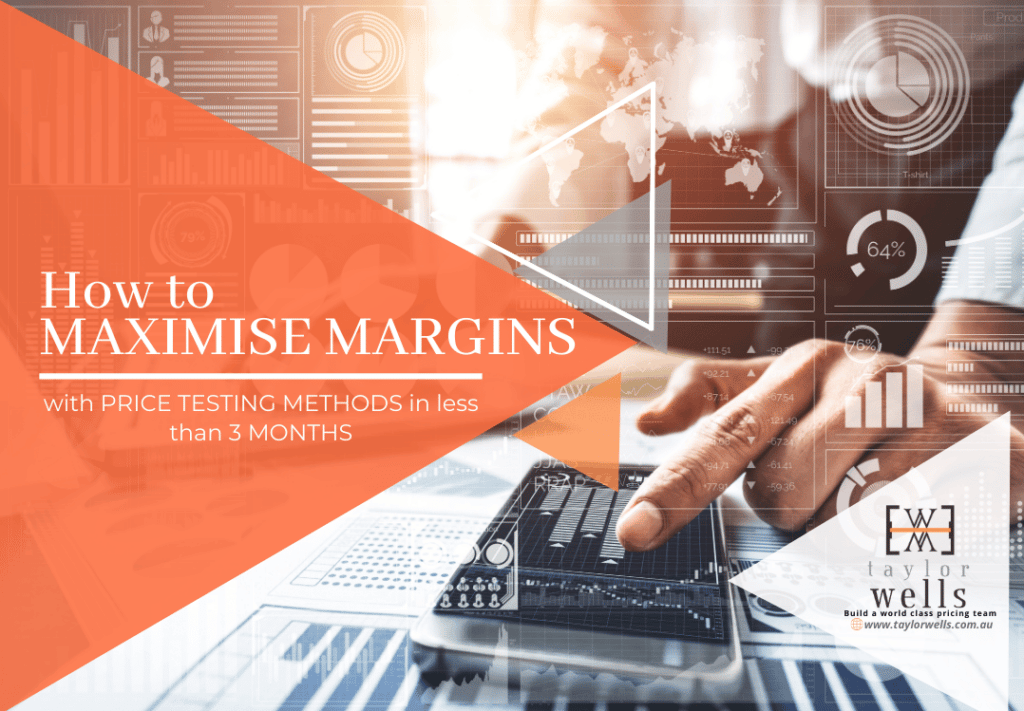
Dynamic Pricing Rules – A Look at the Unfolding Electric Vehicle Trends
Carbon emissions have been a recurring problem for decades. Recently, International Energy Agency reports that carbon emissions are 50% higher since the industrial revolution era. What’s more, the US Environmental Protection Agency notes that petrol, gasoline, and diesel fuel up about 95% of global transportation. How do businesses apply dynamic pricing rules in the transportation industry?
>Download Now: Free PDF How to Maximise Margins with Price Trials
In the effort towards a better normal, the electric vehicle market has implemented dynamic pricing rules. This is geared towards meeting the needs of the environment, businesses, and motorists. So, in this article, we will discuss dynamic pricing rules, its pros and cons, and when it applies to different industries. Apart from that, we’ll look at the transportation industry trends that relate to dynamic price rules.
Recently, the demand for electric vehicles has grown in the last 5 years. Globally, there’s been a steady growth of motorists switching to EVs even though the market has been affected by the pandemic. This is evident in Europe and China’s market with a sharp increase in sales. Similarly, there was a need to regulate production value accordingly, this was to address the needs of businesses and customers. So, when will EVs become part of the better normal?
In the case of Europe, the EU parliament cites that 75% of its carbon emissions come from road transportation. And now, with oil prices rising, environmental damage, and carbon emissions of fuel-run cars, there have been increasing investments and innovations in the industry to reduce Europe’s carbon emissions.

How to Define Dynamic Pricing and its Rules
Dynamic pricing is a pricing strategy that disregards fixed pricing and implements variable pricing using advanced data with both traditional and modern factors. Also known as surge pricing, pricing such as the airline, hotel, and transportation apply dynamic pricing rules the most.
At Taylor Wells, we believe that analysing purchase patterns, customer behaviour, and the use of technology for demographic characteristics draw informed decisions and results when pricing specific products. Pricing products may be easy but dynamic pricing can be quite challenging.
- Time-based Dynamic Pricing is how time factor plays the driving force behind the change in prices.
- Segmented Dynamic Pricing makes use of customer data to modify prices.
- Competitor Pricing is how you adjust prices based on the industry’s competitor prices.
- Peak pricing talks about the price changes made based on supply.
- Regional supply and demand pricing is how you change the prices based on product demand and supply from different regions.
In short, dynamic pricing sells products at varying prices based on market demands, trends, and changes. The decision-making process for dynamic pricing rules involves creating algorithm models based on competitors’ operations and market demands. This can be achieved within seconds.
Dynamic Pricing Rules pros and cons – A Risk of Price War
Customers often dislike dynamic pricing and prefer fixed pricing of products and services, even if it occasionally saves them money. Because dynamic pricing can make customers feel uncertain and overcharged, implementing dynamic pricing should match your company’s brand image.
Dynamic pricing can at times escalate to a price war between businesses. This happens when a company lowers its prices and its competitors drop their prices even lower. This may continue until competing businesses reach a point of drowning each other’s tactics. In this case, pricing software tools are more reliable as there is a limit to how low a certain price should be.
Tesla Model Y and Model X Prices – Dynamic Pricing Rules
Tesla recently removed the Model Y Standard Range from its online configurator. It also didn’t offer a Plaid+ version of the Model X. Because of this, customers who reside in places with mild climates would be willing to pay $40,000 without incentives. For Tesla’s customers, they feel it’s worth paying the extra $6,000 to achieve the larger battery pack and dual motor features.
But not many people are into the trim options that are too many. And that’s how Tesla’s Model Y bases its dynamic pricing offering two “official” options for different car models.
Implications
Successful planning and implementation of sustainable dynamic pricing are essential for brand longevity. Due to the continuously changing nature of oil prices, creating a real-time analysis for product pricing, depending on the industry, can be a challenge. A dynamic pricing approach enables companies to set the price based on market and consumer behaviour dynamics.
〉〉〉 Get Your FREE Pricing Audit 〉〉〉
Conclusion
The use of pricing software tools can create a balance between the insights from analytics and the staff from the sales force’s expertise. When coupled with value creation, companies can pivot with their pricing to a new level of increasing profitability. The result requires linking up with cooperative efforts in the pricing department with broader business models and strategies.
For a comprehensive view on integrating a high-performing pricing team in your company,
Download a complimentary whitepaper on How To Improve Your Pricing Team’s Capability.
Are you a business in need of help to align your pricing strategy, people and operations to deliver an immediate impact on profit?
If so, please call (+61) 2 9000 1115.
You can also email us at team@taylorwells.com.au if you have any further questions.
Make your pricing world-class!
Related Posts
Leave a Reply Cancel reply
Categories
- marketing strategy (26)
- Organisational Design (14)
- Podcast (114)
- Pricing Capability (87)
- Pricing Career Advice (10)
- Pricing Recruitment (19)
- Pricing Strategy (287)
- Pricing Team Skills (13)
- Pricing Teams & Culture (24)
- Pricing Transformation (47)
- Revenue Model (25)
- Sales Effectiveness (27)
- Talent Management (7)
- Technical Pricing Skills (35)






